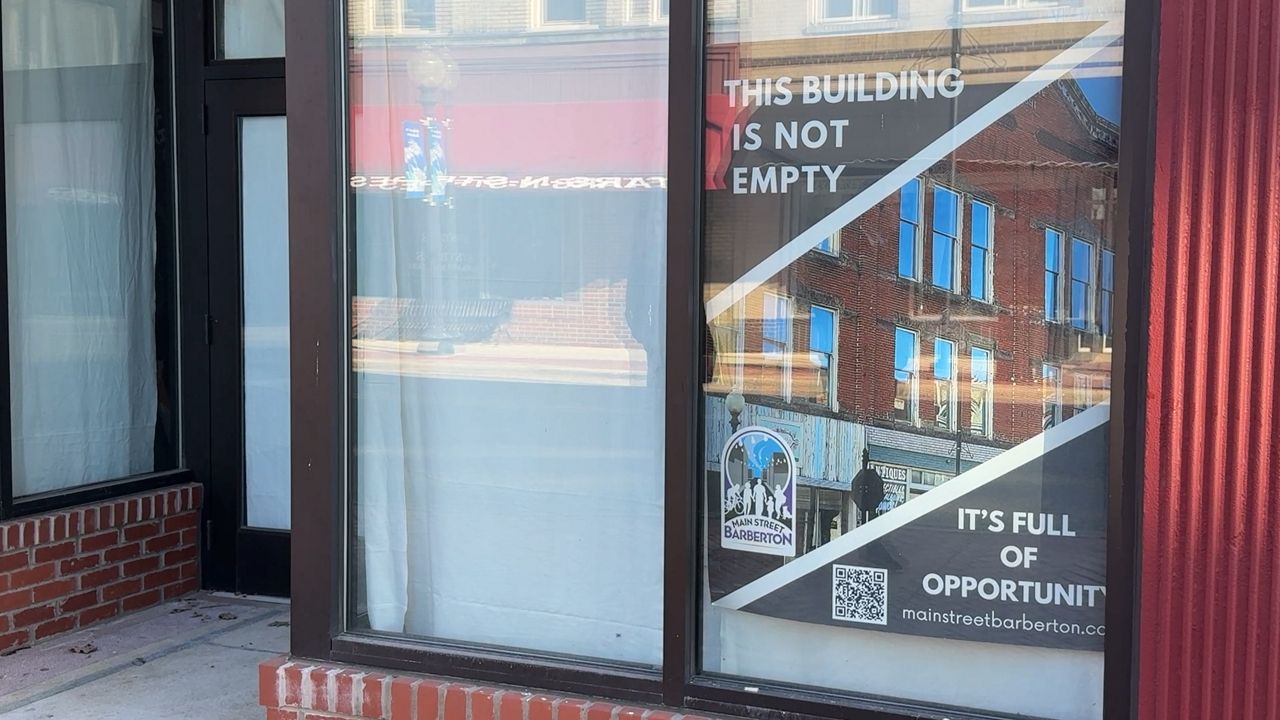OHIO — Fracking is coming to some Ohio state parks. It's something environmental groups oppose, saying they're worried about accidents and possible ecological disasters.
“We moved here for this lake,” said long-time park visitor Terri Sabo.
Sabo lives just about five minutes away from Salt Fork Park and does not want to see fracking in the park.
“If you go back that way, you can kayak all the way to Parker Road and there is one of those well pads is planned to be down that way,” said Sabo, pointing down one of the channels out of the lake.
Sabo said she has been coming to Salt Fork Park since she was a child and shares her concerns about fracking there with Save Ohio Parks scientists and steering committee members Randi Pokladnik and Loraine McCosker.
“Once you start the process, you’re going to have brine trucks remove reduced water which contains all these chemicals in addition to some of the compounds that are below the surface which are radium 226 and 228, so it’s radioactive waste as well,” said Poklanik, who has a Ph.D. in environmental studies.
That brine will then be transported to an injection well to be disposed of. There is already at least one injection well site within a few minutes' drive of Salt Fork Park.
“They have to dispose of it because it is contaminated water. It can never go back into the hydrologic cycle,” said McCosker, while pointing to the brine trucks.
“It’s a nightmare. Also, you’re doing this close to communities, rural communities, that don’t have the capacity to deal with accidents that happen at well pads. And they are exposed to this material,” said Poklanik.
Fracking at Salt Fork Park, Valley Run Wildlife Area, Zepernick Wildlife Area and property owned by the Ohio Department of Transportation was approved by the Ohio Oil and Gas Land Management Commission during a meeting in November. According to the Ohio Department of Development and Tourism Ohio, Salt Fork Park is Ohio’s largest state park and is made up of just over 17,000 acres. More than 14,000 acres of Salt Fork Park are proposed to be fracked, according to a statement from the commission.
Cathy Cowen Becker is also a member of Save Ohio Parks and helped gather public comment from those who opposed fracking in state parks ahead of the vote.
“We helped submit probably 4,000 comments,” said Becker.
She questions the authenticity of some of the public comments posted by fracking supporters during the public comment process.
“We called 735 of them. And of those, most of those could not be reached, either the phone number was out of service or the voicemail was full, something like that,” said Becker. “We did reach a little over 100 them. And of those, 98 of them said the same thing, they didn’t write it. They didn’t know what fracking is. They didn’t submit is. Some of them didn’t speak English. A couple of them told us, ‘I can read, but I can’t write.’ Some of them were children, and we talked to their mothers.”
The commission released a statement in response to questions about the legitimacy of some of the pro-fracking petitions.
“After the commission had learned about the accusations, it immediately brought it to the attention of the attorney general’s office, which has launched an investigation,” said Andy Chow, spokesperson for the Ohio Department of Natural Resources.
“Anyone who believes a comment was submitted without their knowledge or permission should alert the commission immediately,” said Chow. “If someone confirms that they did not submit a letter that is on the public record, the commission will remove that public comment and has done so already by request."
Now, Save Ohio Parks is suing the Ohio Oil and Gas Land Management Commission over what they call fraud and other concerns.
While the lawsuit plays out in court, plans for fracking in these newly approved areas will move forward. Sabo remains concerned about the impact.
“My biggest concern is industrialization of the area itself because this area of Ohio—I mean they developed this park in the late 50s early 60s for recreation,” said Sabo.










